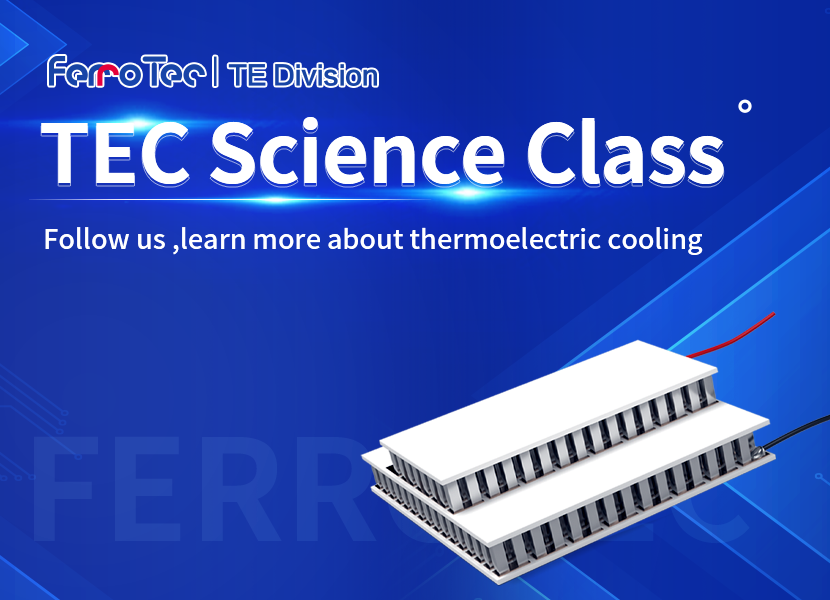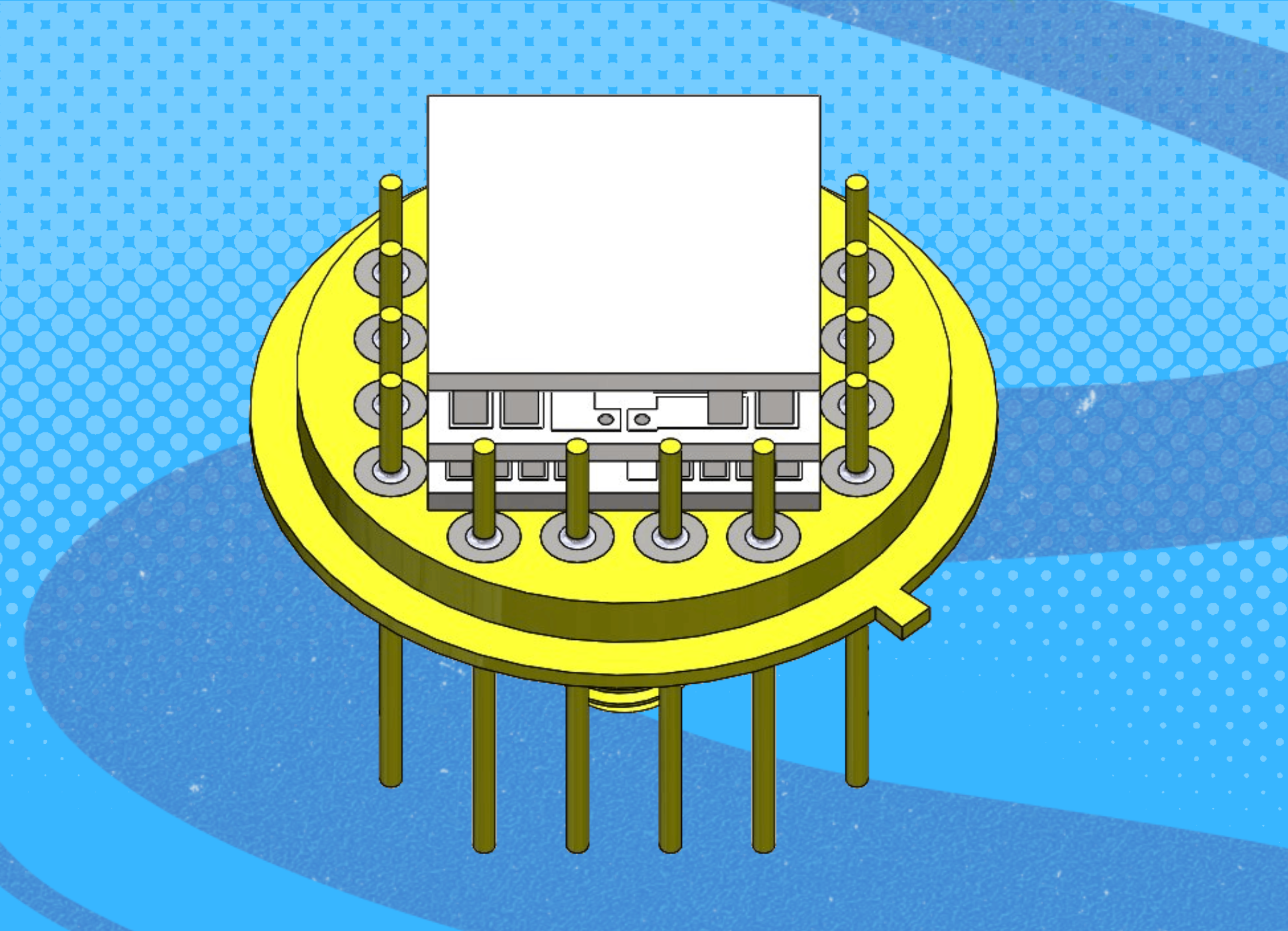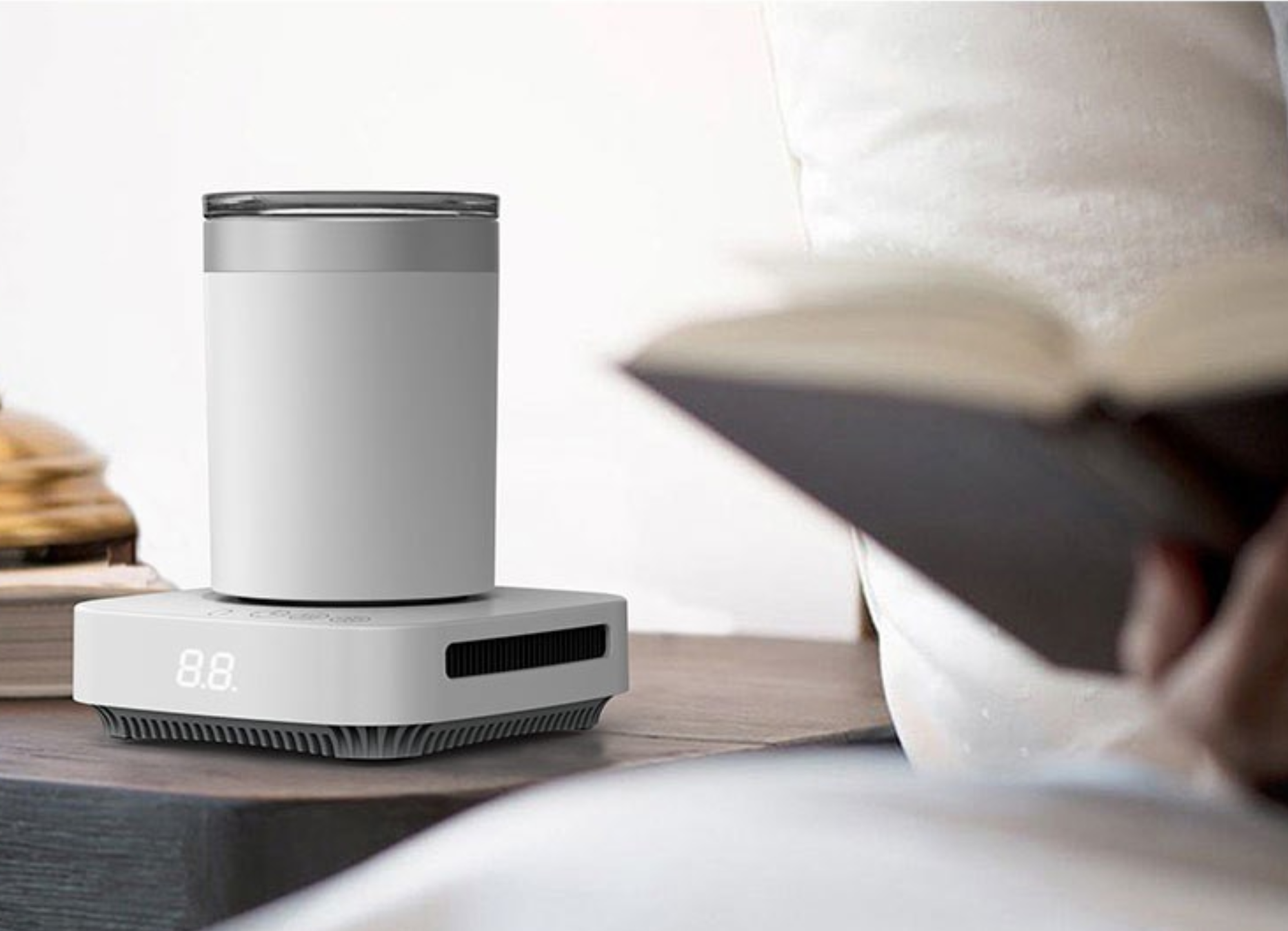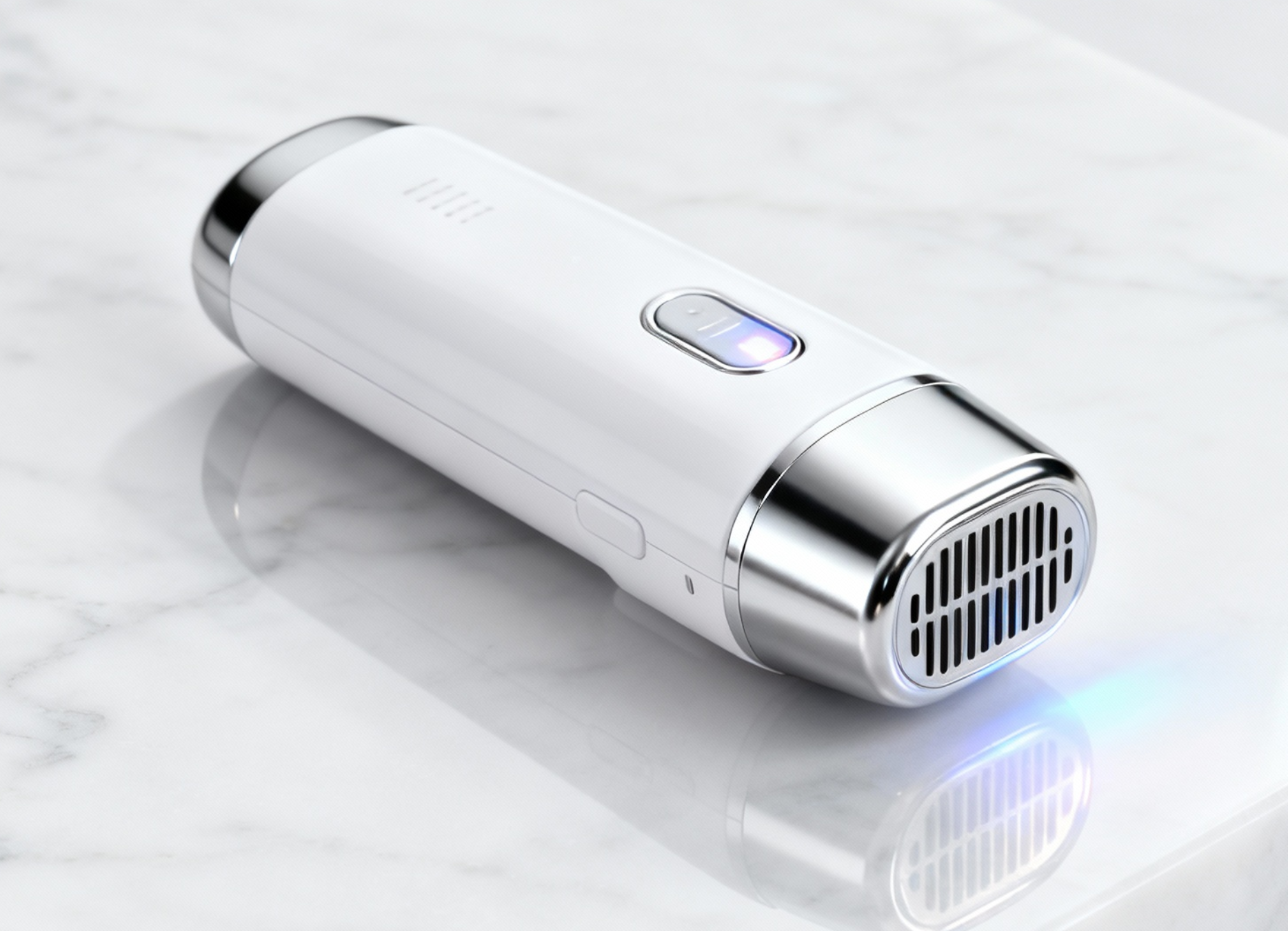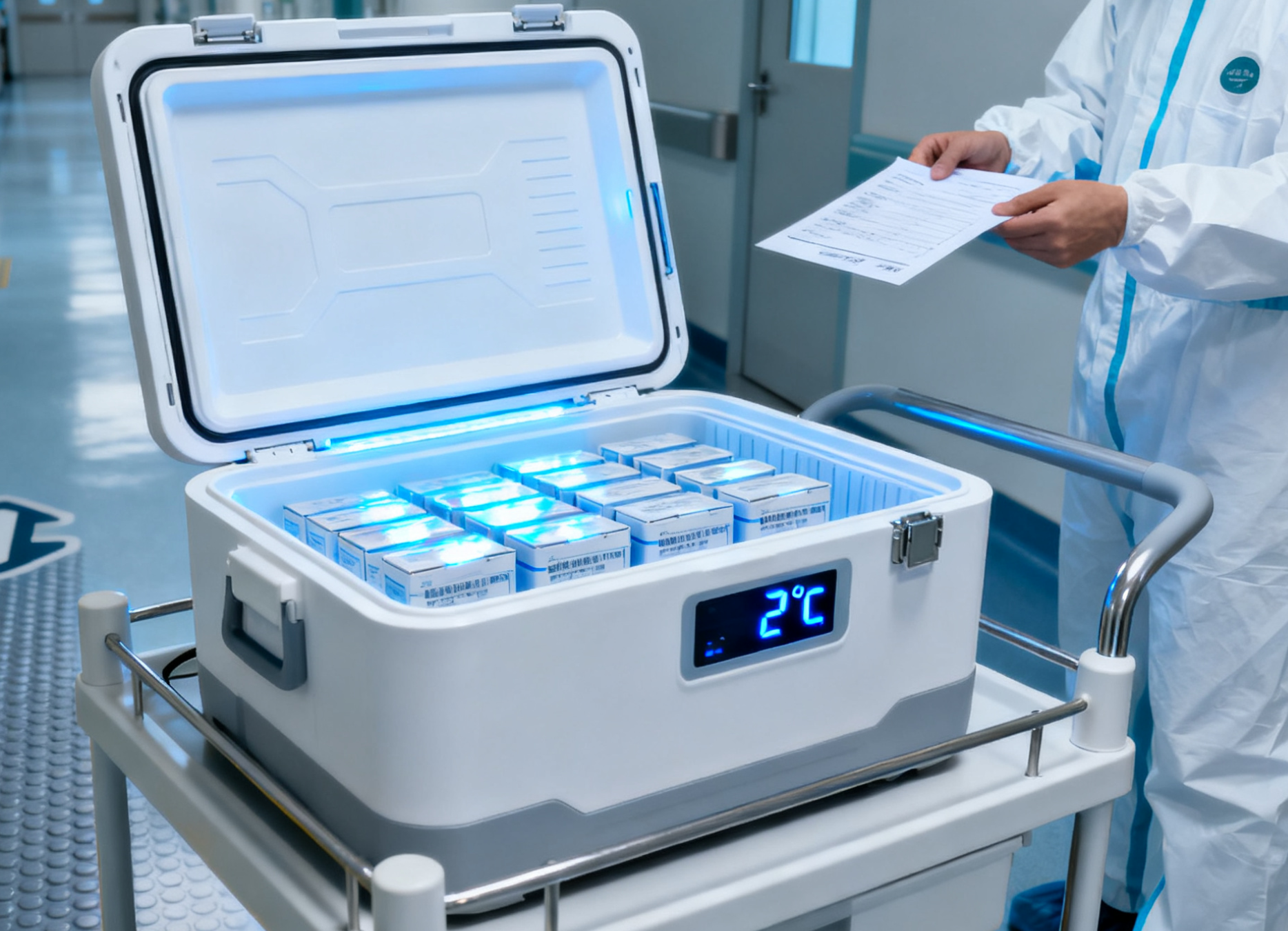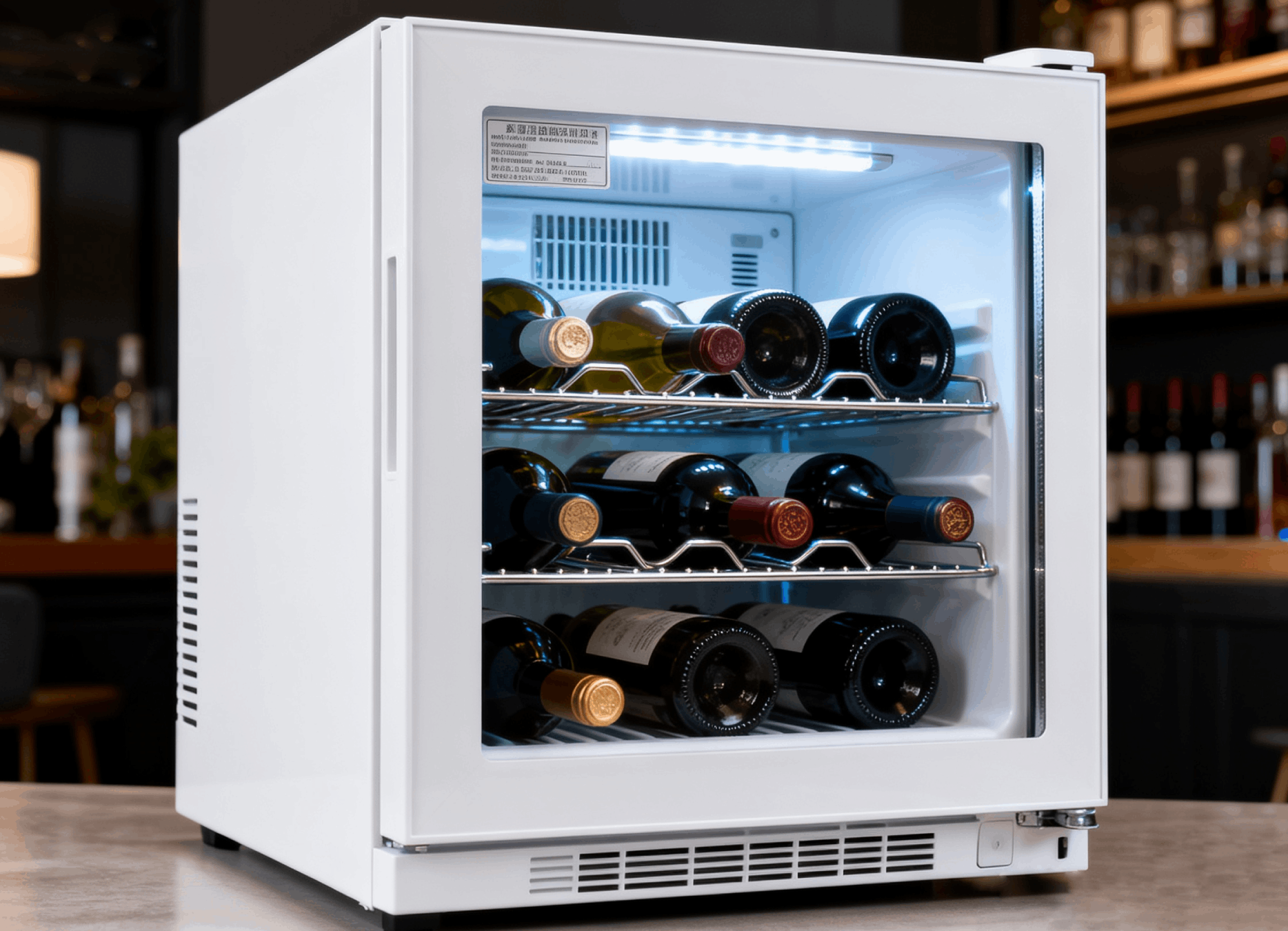News Center
-
Welcome to the TEC Science Corner! In fields such as precision electronics, optical communications, and industrial refrigeration, thermoelectric coolers (TECs) are the key components for temperature control. However, a crucial but often overlooked element in the manufacturing process of thermoelectric coolers is the solder. It not only affects the thermal conductivity of the cooler element but also directly impacts the reliability and lifespan of the device. In this lesson, we'll introduce commonly used TEC solders and their characteristics in detail. If you have any questions about the article or want to learn more about TECs, feel free to leave a comment below! I. Structure and Applications of Solder TEC solder is located at the junction of the semiconductor and the electrode. Although used in small quantities, its role is significant.&...
-
The challenge of temperature control in optical communication is solved by integrated TEC packaging!As optical communication speeds continue to increase, the requirements for device temperature control are also becoming more stringent. To address these challenges, a new solution has emerged: an integrated packaging solution that deeply integrates the thermoelectric cooler (TEC) with the TO package. This solution directly integrates the TEC within the TO coaxial package, significantly improving heat dissipation efficiency while effectively optimizing space layout. It overcomes the limitations of traditional packaging, enabling optical communication devices to develop towards higher speeds and smaller sizes. I. Technical Background: Bottlenecks and Challenges of Traditional Packaging Traditional optical module packaging uses a separate design, with the TEC and TO housing assembled as independent components. This "split" design has many problems: 1. The...
-
Driven by the rapid development of 5G communication, artificial intelligence and the Internet of Things, electronic devices are constantly evolving towards smaller, more compact and higher performance.Under this trend, the miniaturization of thermoelectric coolers has become an inevitable direction for industry development. This episode of Xiaocool will take you through the material, technological, and process challenges brought about by the miniaturization of thermoelectric coolers. I. Challenges Brought by the Miniaturization of Thermoelectric Coolers Microthermal condensers (TECs) are typically smaller than a fingernail (less than 5×5mm). Their interiors consist of numerous alternating P-type and N-type semiconductor particles, connected in series and parallel, much like "microcircuits," and soldered between two ceramic plates. As TEC sizes continue to sh...
-
TEC hot and cold cup holders have recently become a favorite among many office workers and car owners: place a coffee cup on it, and it starts heating at a constant temperature; put in a water bottle, switch to cooling mode, and you can have a cold drink in minutes. Its ability to both cool and heat isn't due to a complex mechanical structure, but rather a seemingly inconspicuous thermoelectric cooling element. This article will explain the principle of thermoelectric cooling, showing you how TEC hot and cold cup holders bring convenience to daily life and in which scenarios they are suitable for use. I.Working principle of TEC hot and cold cup holders The working principle of TEC (Thermoelectric Cooling) hot and cold cup holders is based on the Peltier effect: when a direct current passes through a thermocouple composed of P-type and N-type semiconductor materials,...
-
In recent years, the VR/AR industry has reached new heights: headsets are becoming increasingly lightweight, displays are becoming increasingly high-definition, and chip performance is constantly improving… However, no matter how the hardware is upgraded, one old problem remains unresolved—overheating. Most VR users are well aware that wearing a headset for extended periods can cause cheek heat, forehead sweating, frame drops, and even stuttering. The root cause is that the internal heat dissipation capacity cannot keep up with the performance improvements. Today, we will discuss the topic of "VR heat dissipation" and explore the application potential of thermoelectric cooling technology in this industry. Why do VR headsets tend to overheat? VR headsets seem simple in structure—two displays, a high-performance processor, and various sensors are...
-
When undergoing laser hair removal, freckle removal, or skin rejuvenation, have you noticed that before the laser is emitted, the doctor usually gently touches the skin with the treatment head, creating a noticeable "cool" sensation? This step is not just for comfort, but to establish a protective barrier through rapid cooling, preventing damage to the skin from the high heat generated by the laser. This instant and precise cooling capability relies on the thermoelectric cooling element (TEC) integrated into the laser beauty device. The Principle and Advantages of TEC Laser Beauty Device The principle behind laser cosmetic procedures is to use high-energy beams to precisely target hair follicles, pigments, and other target tissues for directional action. However, this process releases a large amount of heat—leading to uncontrolled skin surface temperature, w...
-
For pet-owning families, pet health is of paramount importance, especially during illness and post-operative recovery, when the environmental temperature is critical. Temperatures that are too high or too low can negatively impact a pet's recovery. Traditional temperature-controlled devices often suffer from inaccurate temperature control, high noise levels, and high energy consumption. However, pet incubators equipped with semiconductor refrigeration technology effectively solve these problems with precise temperature control, quiet operation, and low energy consumption, becoming a "smart guardian" of pet health. I. Working Principle of TEC Pet Incubator The TEC pet incubator's ability to precisely maintain the temperature environment needed by pets is primarily due to its semiconductor refrigeration technology. When powered on, the cooling element operates by co...
-
For diabetic patients, insulin is an indispensable drug in daily treatment. It can help stabilize blood sugar and prevent complications. However, insulin is very "delicate" and must be stored in the refrigerator within a temperature range of 2 to 8 degrees Celsius to ensure its efficacy. Both excessively high and low temperatures can cause insulin to lose its effectiveness. So the question arises: When patients need to go out for something, what methods can be used to keep insulin within a safe temperature range? TEC refrigeration box VS ice pack Ice packs/refrigerated bags: Ice cubes absorb heat and cool The simplest way is to cool the insulin with an ice pack or cold storage bag. Although it is simple to operate and has a low cost, this method lacks active temperature control capability and is difficult to meet the long-term stable storage requirements. 1. Slow cooling...
-
In the internal structure of a thermoelectric cooler (TEC), the substrate is one of the most critical components. It supports the semiconductor die and serves as the core channel for heat transfer. A high-quality substrate can improve the performance and lifespan of the cooler, while an inappropriate substrate selection may reduce the cooling efficiency of the entire TEC system. This article will guide you through the characteristics and applicable scenarios of different types of substrates. I. DBC Substrate: Balancing Cost, Performance, and Process DBC substrates utilize direct copper-clad ceramic technology, which involves firmly sintering copper foil with a ceramic substrate (such as alumina, Al₂O₃) at high temperatures, resulting in excellent thermal conductivity, insulation, and structural stability. Due to its mature technology and moderate co...
-
"70% of a wine's quality depends on brewing, 30% on storage." If a bottle of fine wine is stored in an environment subject to large temperature fluctuations, unstable humidity, or frequent vibrations, its flavor will deteriorate in just a few months—fruit aromas fade, tannins become harsh, acidity becomes unbalanced, and even "oxidized" or "musty" notes develop. Therefore, professional wine storage is no longer simply about keeping it in a cool place; it demands stringent temperature, humidity, and spatial stability. For this reason, wine cabinets have become a standard feature in private collections, high-end residences, hotels, and even wine specialty stores. They are no longer simply "cups for storing wine" but rather miniature wine cellars that integrate temperature and humidity control, along with intelligent technology. 1. Traditional compressor wine cabinet: compre...
-
Welcome to the TEC Science Corner! In fields such as precision electronics, optical communications, and industrial refrigeration, thermoelectric coolers (TECs) are the key components for temperature control. However, a crucial but often overlooked element in the manufacturing process of thermoelectric coolers is the solder. It not only affects the thermal conductivity of the cooler element but also directly impacts the reliability and lifespan of the device. In this lesson, we'll introduce commonly used TEC solders and their characteristics in detail. If you have any questions about the article or want to learn more about TECs, feel free to leave a comment below! I. Structure and Applications of Solder TEC solder is located at the junction of the semiconductor and the electrode. Although used in small quantities, its role is significant.&...
-
As optical communication speeds continue to increase, the requirements for device temperature control are also becoming more stringent. To address these challenges, a new solution has emerged: an integrated packaging solution that deeply integrates the thermoelectric cooler (TEC) with the TO package. This solution directly integrates the TEC within the TO coaxial package, significantly improving heat dissipation efficiency while effectively optimizing space layout. It overcomes the limitations of traditional packaging, enabling optical communication devices to develop towards higher speeds and smaller sizes. I. Technical Background: Bottlenecks and Challenges of Traditional Packaging Traditional optical module packaging uses a separate design, with the TEC and TO housing assembled as independent components. This "split" design has many problems: 1. The...
-
Driven by the rapid development of 5G communication, artificial intelligence and the Internet of Things, electronic devices are constantly evolving towards smaller, more compact and higher performance.Under this trend, the miniaturization of thermoelectric coolers has become an inevitable direction for industry development. This episode of Xiaocool will take you through the material, technological, and process challenges brought about by the miniaturization of thermoelectric coolers. I. Challenges Brought by the Miniaturization of Thermoelectric Coolers Microthermal condensers (TECs) are typically smaller than a fingernail (less than 5×5mm). Their interiors consist of numerous alternating P-type and N-type semiconductor particles, connected in series and parallel, much like "microcircuits," and soldered between two ceramic plates. As TEC sizes continue to sh...
-
TEC hot and cold cup holders have recently become a favorite among many office workers and car owners: place a coffee cup on it, and it starts heating at a constant temperature; put in a water bottle, switch to cooling mode, and you can have a cold drink in minutes. Its ability to both cool and heat isn't due to a complex mechanical structure, but rather a seemingly inconspicuous thermoelectric cooling element. This article will explain the principle of thermoelectric cooling, showing you how TEC hot and cold cup holders bring convenience to daily life and in which scenarios they are suitable for use. I.Working principle of TEC hot and cold cup holders The working principle of TEC (Thermoelectric Cooling) hot and cold cup holders is based on the Peltier effect: when a direct current passes through a thermocouple composed of P-type and N-type semiconductor materials,...
-
In recent years, the VR/AR industry has reached new heights: headsets are becoming increasingly lightweight, displays are becoming increasingly high-definition, and chip performance is constantly improving… However, no matter how the hardware is upgraded, one old problem remains unresolved—overheating. Most VR users are well aware that wearing a headset for extended periods can cause cheek heat, forehead sweating, frame drops, and even stuttering. The root cause is that the internal heat dissipation capacity cannot keep up with the performance improvements. Today, we will discuss the topic of "VR heat dissipation" and explore the application potential of thermoelectric cooling technology in this industry. Why do VR headsets tend to overheat? VR headsets seem simple in structure—two displays, a high-performance processor, and various sensors are...
-
When undergoing laser hair removal, freckle removal, or skin rejuvenation, have you noticed that before the laser is emitted, the doctor usually gently touches the skin with the treatment head, creating a noticeable "cool" sensation? This step is not just for comfort, but to establish a protective barrier through rapid cooling, preventing damage to the skin from the high heat generated by the laser. This instant and precise cooling capability relies on the thermoelectric cooling element (TEC) integrated into the laser beauty device. The Principle and Advantages of TEC Laser Beauty Device The principle behind laser cosmetic procedures is to use high-energy beams to precisely target hair follicles, pigments, and other target tissues for directional action. However, this process releases a large amount of heat—leading to uncontrolled skin surface temperature, w...
-
For pet-owning families, pet health is of paramount importance, especially during illness and post-operative recovery, when the environmental temperature is critical. Temperatures that are too high or too low can negatively impact a pet's recovery. Traditional temperature-controlled devices often suffer from inaccurate temperature control, high noise levels, and high energy consumption. However, pet incubators equipped with semiconductor refrigeration technology effectively solve these problems with precise temperature control, quiet operation, and low energy consumption, becoming a "smart guardian" of pet health. I. Working Principle of TEC Pet Incubator The TEC pet incubator's ability to precisely maintain the temperature environment needed by pets is primarily due to its semiconductor refrigeration technology. When powered on, the cooling element operates by co...
-
For diabetic patients, insulin is an indispensable drug in daily treatment. It can help stabilize blood sugar and prevent complications. However, insulin is very "delicate" and must be stored in the refrigerator within a temperature range of 2 to 8 degrees Celsius to ensure its efficacy. Both excessively high and low temperatures can cause insulin to lose its effectiveness. So the question arises: When patients need to go out for something, what methods can be used to keep insulin within a safe temperature range? TEC refrigeration box VS ice pack Ice packs/refrigerated bags: Ice cubes absorb heat and cool The simplest way is to cool the insulin with an ice pack or cold storage bag. Although it is simple to operate and has a low cost, this method lacks active temperature control capability and is difficult to meet the long-term stable storage requirements. 1. Slow cooling...
-
In the internal structure of a thermoelectric cooler (TEC), the substrate is one of the most critical components. It supports the semiconductor die and serves as the core channel for heat transfer. A high-quality substrate can improve the performance and lifespan of the cooler, while an inappropriate substrate selection may reduce the cooling efficiency of the entire TEC system. This article will guide you through the characteristics and applicable scenarios of different types of substrates. I. DBC Substrate: Balancing Cost, Performance, and Process DBC substrates utilize direct copper-clad ceramic technology, which involves firmly sintering copper foil with a ceramic substrate (such as alumina, Al₂O₃) at high temperatures, resulting in excellent thermal conductivity, insulation, and structural stability. Due to its mature technology and moderate co...
-
"70% of a wine's quality depends on brewing, 30% on storage." If a bottle of fine wine is stored in an environment subject to large temperature fluctuations, unstable humidity, or frequent vibrations, its flavor will deteriorate in just a few months—fruit aromas fade, tannins become harsh, acidity becomes unbalanced, and even "oxidized" or "musty" notes develop. Therefore, professional wine storage is no longer simply about keeping it in a cool place; it demands stringent temperature, humidity, and spatial stability. For this reason, wine cabinets have become a standard feature in private collections, high-end residences, hotels, and even wine specialty stores. They are no longer simply "cups for storing wine" but rather miniature wine cellars that integrate temperature and humidity control, along with intelligent technology. 1. Traditional compressor wine cabinet: compre...


